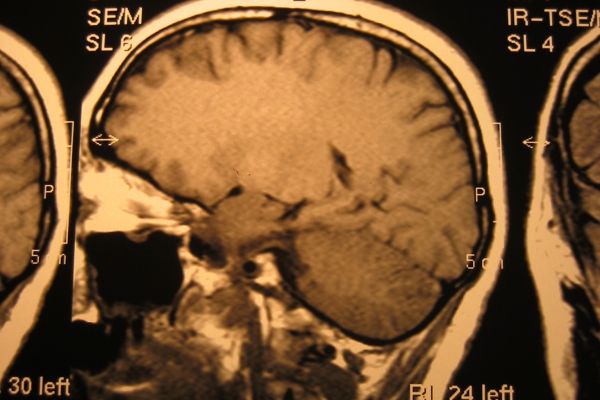Novel neurotechnologies: intervening in the brain
Report
Published 24/06/2013

The ways in which science and technology are presented in the media helps to shape public understanding and expectations. This in turn can affect attitudes, opinions, policy and perhaps investment decisions.
There are obvious benefits to engaging the media with scientific issues: reaching new and potentially large audiences, promoting awareness, driving interest and possible investment in new technologies, for example. We welcome the recent increasing commitment to communication of science and technology. However, there are concerns about media coverage of new technologies in general. These include:
- headlines that misrepresent research findings;
- inaccuracy, mistakes or lack of detail in reporting studies;
- misuse of ‘balance’ – i.e. presenting a minority view in a way that creates a false impression of balance of opinion amongst scientists or the public;
- focussing only on, or overstating, the possible benefits of a technology (and not reporting negative results, risks, long term uncertainties);
- over-reliance on a narrow range of sources; and
- uncritical reproduction of press releases.
The resulting misapprehensions of novel neurotechnologies amongst the public can be problematic for a number of reasons:
- They may instil false hope amongst patients by failing to report the limits or risks of current applications.
- They can affect patients’ ability to make informed treatment choices.
- They could result in a loss of public trust in novel neurotechnologies.
- They could reinforce a notion that we are ‘just’ our brains.
The role of scientists, press officers and journalists
Scientists and press officers in research institutions are increasingly involved in public communications about science, but they face political, economic and institutional pressures to demonstrate important practical and economic impacts of their work. This, together with intense competition for science funding, can lead to a bias in favour of positive or newsworthy results.
Science journalists are working in an increasingly competitive and fast-paced media environment. Expanding workloads mean less time to seek out and research new stories, which may go hand in hand with an increasing reliance on PR material. There is a trend for brief and rapid responses to new developments, accelerated by advances in social media.
Responsible communication
All of the factors described above may in combination contribute to a ‘spiral’ of hype. Responsible reporting of novel neurotechnologies should be accurate and avoid undue speculation. Importantly it should take account of the possible impacts that framing stories in certain ways could have for patients and families.
We conclude
Researchers, press officers and journalists involved in the communication of the use of novel neurotechnologies should reflect on how their representations might contribute to hype, and exercise caution when describing the possible applications of a technology.
Policy makers and higher education funding councils should consider the effects of the ‘impact agenda’ in university funding in contributing to hype about novel neurotechnologies.
Companies and universities developing and promoting these products should consider their corresponding responsibilities carefully when seeking investment or promoting their products.

Share